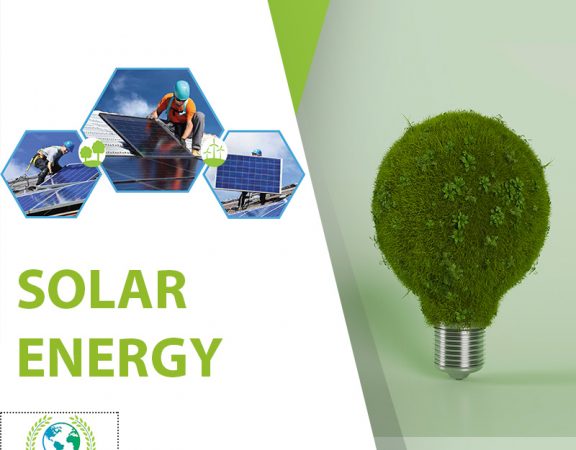
Germany wants to use 80 percent renewable energy in total electricity consumption by 2030. The German government has passed the so-called “Easter Package. The most significant set of adjustments to German energy policy since competitive auctions were introduced in 2017.
Germany intends to install 10 GW of new onshore wind energy every year starting in 2025. The government proposes increasing yearly auction volumes to up to 12 GW in order to achieve this expansion in onshore wind.
The package significantly upped Germany’s offshore wind ambitions, implying that by 2025, the country will have built more than 10 GW of additional wind each year. In light of the conflict in Ukraine, Germany’s government has emphasized the need for renewable energy for the country’s energy security. Renewables, according to Finance Minister Christian Lindner, are “freedom energies.”
From 2025, 10 GW of new onshore wind will be installed each year.
Changes to Germany’s Renewable Energy Law (EEG) are at the heart of the package. It will codify a new renewable energy target of 80% of total power consumption by 2030. The package does this by adjusting annual auction volumes and annual wind energy installation targets. Germany plans to install 10 GW of new onshore wind every year starting in 2025.
Annual auction volumes will be increased to up to 12 GW per year to make this possible. Germany would have 115 GW of onshore wind by 2030 if current trends continue.
The definition of renewable energies as an issue of overriding public interest and public security lies at the heart of the Easter Package. This will expedite the approval of new renewable energy projects and shorten the time it takes for legal challenges to be resolved. The term does not include military concerns. Grid planning will be coordinated with the rapid increase of renewables, with 36 new grid expansions and optimization projects being added.
Germany ready to tackle every hurdle in the project
According to German Economy and Energy Minister Robert Habeck, The biggest hurdles to the expansion are supply chain interruptions, rising international pricing for raw materials and components, and a probable scarcity of insufficiently skilled personnel. He promised to work closely with the German wind sector to overcome these obstacles and meet the ambitious new volume targets.
To mitigate the impact of growing electricity prices on businesses and households, the German government decided to abolish the EEG tax, which had previously been paid by the electrical consumption, and instead fund renewable.
Ref link-
https://windinsider.com/2022/04/14/germany-gets-ready-to-deploy-more-than-10-gw-of-new-wind-per-year-with-historic-package/




